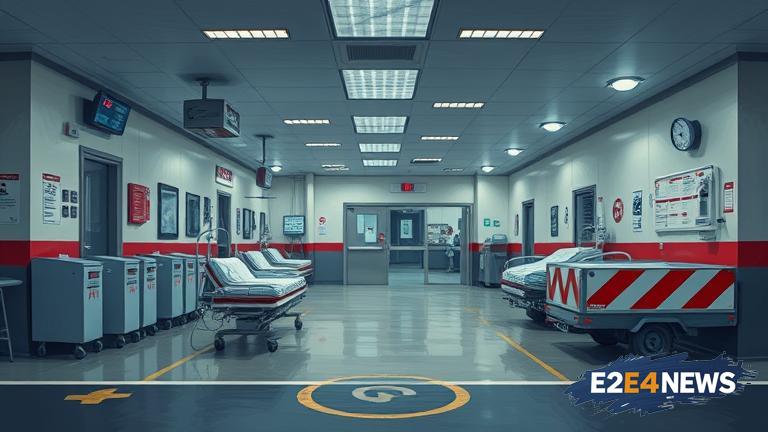The British Columbia emergency room crisis has reached alarming levels, with more than 140,000 patients leaving without treatment in the past year. This staggering number has raised concerns about the ability of the province’s healthcare system to provide adequate care to those in need. The issue is attributed to a combination of factors, including long wait times, staffing shortages, and a lack of resources. Many patients are being forced to wait for hours, and in some cases, even days, to receive medical attention. This has led to a significant increase in the number of patients who are choosing to leave the emergency room without receiving treatment. The consequences of this crisis are far-reaching, with patients’ health and well-being being put at risk. In some cases, patients who have left the emergency room without treatment have experienced serious health complications, including heart attacks, strokes, and other life-threatening conditions. The crisis is also having a significant impact on the mental health of patients, with many experiencing anxiety, depression, and post-traumatic stress disorder. The British Columbia government has acknowledged the crisis and has pledged to take action to address the issue. This includes increasing funding for healthcare, hiring more staff, and implementing new initiatives to reduce wait times. However, critics argue that more needs to be done to address the root causes of the crisis. The opposition party has called for an emergency debate on the issue, citing the need for urgent action to protect patients’ health and well-being. The crisis has also sparked a wider debate about the state of the healthcare system in British Columbia, with many calling for a comprehensive review of the system to identify areas for improvement. As the situation continues to unfold, it remains to be seen what actions will be taken to address the crisis and ensure that patients receive the care they need. The British Columbia emergency room crisis is a complex issue that requires a multifaceted solution. It will require the cooperation of healthcare professionals, government officials, and patients to find a solution that prioritizes the health and well-being of all British Columbians. Furthermore, the crisis highlights the need for increased investment in healthcare infrastructure, including the hiring of more doctors, nurses, and other healthcare professionals. Additionally, the implementation of new technologies and innovative solutions can help to streamline the healthcare system and reduce wait times. Ultimately, the British Columbia emergency room crisis is a wake-up call for the province’s healthcare system, and it is imperative that action is taken to address the issue and ensure that patients receive the care they deserve.





